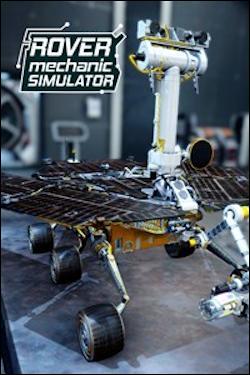 In this upcoming DLC for REMNANT II, players will piece together the forgotten history of the lost tribe of Yaesha as they attempt to quell the vengeful wrath of an ancient stone spirit called Lydusa.
In this upcoming DLC for REMNANT II, players will piece together the forgotten history of the lost tribe of Yaesha as they attempt to quell the vengeful wrath of an ancient stone spirit called Lydusa.
 Climb to victory with the unique, limited- time Ascent game mode, a free update improving gameplay on consoles, and new DLC.
Climb to victory with the unique, limited- time Ascent game mode, a free update improving gameplay on consoles, and new DLC.
 The Super Responsive XG272-2K-OLED Features Blur Busters Verified Certification, 240Hz Refresh Rate, NVIDIA G-SYNC Compatibility, and AMD FreeSync Premium.
The Super Responsive XG272-2K-OLED Features Blur Busters Verified Certification, 240Hz Refresh Rate, NVIDIA G-SYNC Compatibility, and AMD FreeSync Premium.
 The launch coincides with the surprise reveal of the next game within the now- confirmed trilogy, alongside Future DLC roadmap for Bulwark: Falconeer Chronicles.
The launch coincides with the surprise reveal of the next game within the now- confirmed trilogy, alongside Future DLC roadmap for Bulwark: Falconeer Chronicles.
 Sunny Cafe is a heartfelt visual novel adventure featuring a sweet romantic narrative, coffee brewing mechanics, Taiwanese cultural themes and a wide range of coffee-based knowledge to find and learn throughout the soothing gameplay experience.
Sunny Cafe is a heartfelt visual novel adventure featuring a sweet romantic narrative, coffee brewing mechanics, Taiwanese cultural themes and a wide range of coffee-based knowledge to find and learn throughout the soothing gameplay experience.
 Buckle Up and Embark On A Narrative Driven Road Trip Adventure To Unearth Family Mysteries.
Buckle Up and Embark On A Narrative Driven Road Trip Adventure To Unearth Family Mysteries.
 The Open Beta Debuts Crossplay On All Platforms And New Localization Options With Additional Updates and Improvements Coming In 2024.
The Open Beta Debuts Crossplay On All Platforms And New Localization Options With Additional Updates and Improvements Coming In 2024.
See News Archives
![]() In this upcoming DLC for REMNANT II, players will piece together the forgotten history of the lost tribe of Yaesha as they attempt to quell the vengeful wrath of an ancient stone spirit called Lydusa.
In this upcoming DLC for REMNANT II, players will piece together the forgotten history of the lost tribe of Yaesha as they attempt to quell the vengeful wrath of an ancient stone spirit called Lydusa.








